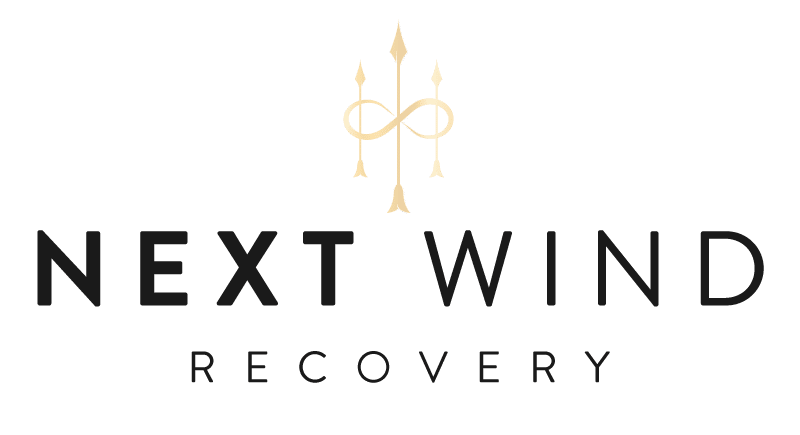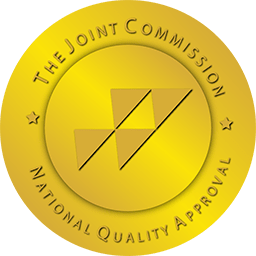For anyone who has bravely completed a rehabilitation program, the journey to recovery doesn’t end at rehab. In fact, it paves the way for a new beginning—one that requires continuous support to maintain sobriety and thrive in a substance-free life. This is where going to a sober living home after rehab can play a crucial role in the recovery process. If you’re considering this next step, understanding what sober living homes are and how they fit into the broader landscape of addiction treatment can guide you toward making an informed and empowered decision.
Understanding Sober Living Homes and Their Role in Addiction Recovery
Sober living homes, also known as recovery residences, provide a structured, supportive environment for individuals transitioning from rehab back into their daily lives. These residences serve as a bridge between intensive treatment programs and complete reintegration into society, reinforcing the skills and behaviors learned during rehab while helping residents develop new, healthy routines. Our sober living homes nearby are designed to create a safe, consistent setting where individuals can focus on recovering fully and building resilience against relapse.
In these homes, individuals live alongside peers who are also navigating their path to recovery. With a framework that balances accountability and independence, sober living homes are integral to sustaining long-term sobriety and fostering personal growth.
The Benefits of Living in a Sober Living Home After Rehab
Opting to reside in a sober living home after completing rehab offers numerous advantages. Here are some of the key benefits that can significantly bolster your recovery journey:
1. Supportive Community
A community of like-minded individuals who understand your struggles and aspirations can make a world of difference. Sober living homes foster a sense of camaraderie and mutual support among residents. This communal atmosphere mitigates feelings of isolation and provides an enriched network of peers who encourage each other in their journey to recovery.
2. Structured Environment
The transition from rehab to everyday life can be challenging. Sober living homes provide a structured environment that includes daily routines, house meetings, and adherence to a set of rules. This structure promotes responsibility, stability, and a sense of purpose while reducing the uncertainties and stresses that can trigger relapse.
3. Access to Continued Resources
Recovery does not stop at rehab, and sober living homes ensure access to essential resources such as ongoing therapy, counseling, and support groups. These resources are crucial for addressing emerging challenges, maintaining mental wellness, and developing coping strategies. Our sober living homes offer personalized support designed to build on the progress made during rehab.
4. Reintegration Support
Rebuilding life after rehab involves significant adjustments, including finding employment, continuing education, or engaging in community activities. Sober living homes offer guidance in these vital areas of reintegration, helping residents achieve their goals and establish a balanced, purposeful lifestyle. This support is key to preventing relapse and enhancing life quality.
5. Reinforced Accountability
Accountability is a cornerstone of sober living homes. Regular drug and alcohol testing, along with adherence to house rules, promotes a culture of responsibility. This emphasis on accountability ensures that residents stay committed to their sobriety goals and support each other in maintaining a substance-free environment.
What to Expect from a Sober Living Home
When transitioning to a sober living home, it’s important to know what to expect to facilitate a smooth adjustment and set realistic expectations.
House Rules and Structure
Sober living homes operate under a set of rules and guidelines to maintain a conducive environment for recovery. Curfews, mandatory participation in house meetings, and a strict no-substance policy are common. This structured setting helps residents establish and maintain healthy routines.
Shared Responsibilities
Residents typically share household chores and responsibilities, creating an inclusive and supportive atmosphere. Contributing to household tasks fosters community and cooperation, essential elements for a positive living experience.
Mandatory Meetings and Activities
Regular participation in recovery-related meetings and activities, such as 12-step programs, group therapy sessions, or life skills workshops, is usually required. These activities provide continuous support and education, reinforcing the lessons learned in rehab and preparing residents for independence.
Supportive Peers and Staff
Experienced and compassionate staff are a critical component of sober living homes. They provide ongoing guidance, mentorship, and support. Living with peers who are on a similar journey reinforces a communal support system that is both motivating and comforting.
Take the Next Step with Next Wind Recovery
At Next Wind Recovery, we understand that the road to recovery extends beyond rehabilitation. Our sober living homes in NJ and beyond are meticulously designed to provide the structured, supportive environment essential for a successful transition to a sober life. Our compassionate team is here to guide you every step of the way, offering the resources, community, and expertise you need to continue your journey with confidence and hope.
If you or a loved one is considering the next step in the recovery journey, we are here to help. Reach out to us today to learn more about our sober living options and how we can support your path to lasting wellness. Contact Next Wind Recovery and embark on this transformative phase with us—because together, we can achieve what sometimes seems impossible alone.
Embrace the decision to build a sober, fulfilling future. We are here to walk alongside you, providing the understanding and support you need to succeed.








